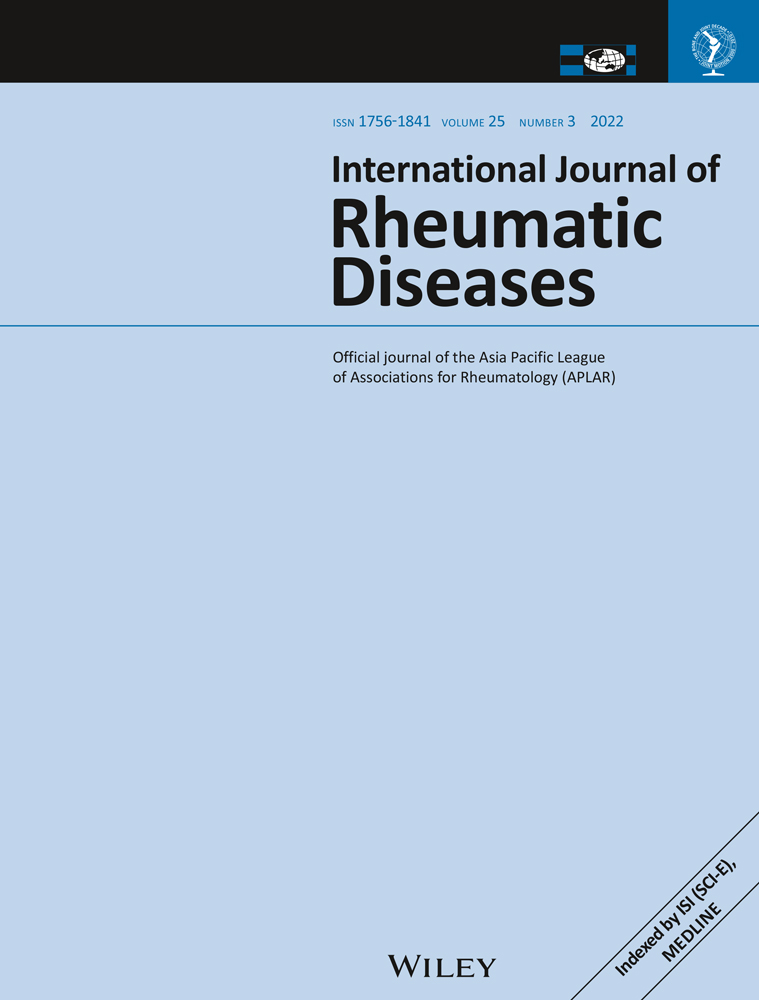Diagnostic codes for low back pain, nomenclature or noise? A descriptive study of disease classification system coding of low back pain
Abstract
Aim
To compare and contrast the diagnostic codes for spinal causes of low back pain (LBP) in 3 disease classification systems (International Classification of Diseases [ICD]-10, International Classification of Primary Care [ICPC]-2 PLUS and Systematized Nomenclature of Medicine Clinical Terms - Australia [SNOMED CT-AU]) and consider how well they are aligned with the diagnostic approach recommended in contemporary clinical practice guidelines for LBP.
Method
This was a descriptive study which included 3 disease classification systems: ICD-10, ICPC-2 PLUS and SNOMED CT-AU. Two independent authors extracted relevant LBP codes from each system and mapped the codes to 3 guideline-endorsed categories of spine-related diagnoses for LBP (specific spinal pathology, radicular syndromes, and non-specific LBP) and the various clinical conditions (sub-categories) within each of the 3 categories.
Results
ICD-10, ICPC-2 PLUS, and SNOMED CT-AU had 126, 118 and 100 codes for LBP, respectively. All systems provided codes that would cover the 3 guideline-endorsed categories of spine-related diagnoses for LBP. On the basis of contemporary guidelines, the authors developed lists of discrete sub-categories of specific spinal pathology (56 sub-categories), radicular syndromes (7 sub-categories), and non-specific LBP (10 sub-categories). Each of the classification systems was then mapped against these sub-categories to tally redundancy and determine exhaustiveness. However, no system covered all 73 sub-categories of LBP, and within each system, there was substantial redundancy with up to 22 codes for the same clinical condition.
Conclusion
LBP diagnostic codes used in popular disease classification systems are out of touch with current approaches to diagnosis, as reflected in contemporary LBP guidelines. Our findings suggest these disease classification systems need revision, but precisely how they should be revised is unclear.
CONFLICT OF INTEREST
The authors declare they have no competing interests.
Open Research
DATA AVAILABILITY STATEMENT
The corresponding author (MT) is responsible if someone wants to request the study's data.




